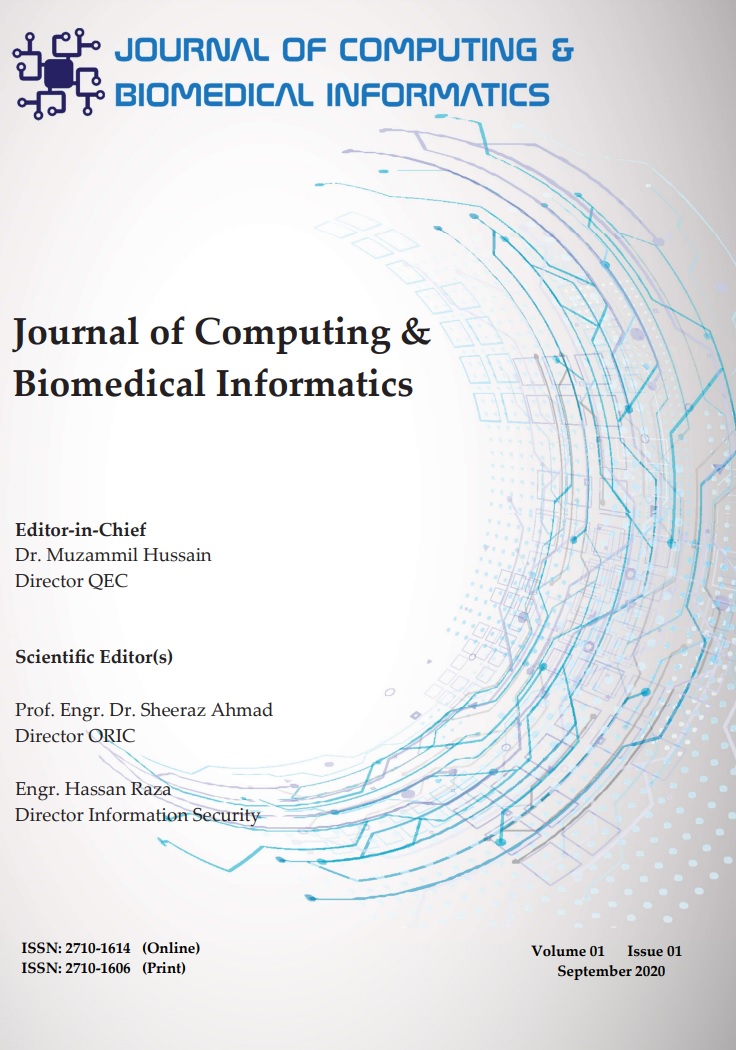Performance Evaluation of BBR-v3 with Cubic and Reno in a Ubiquitous Wired/Wi-Fi Channel
Keywords:
BBR, Congestion Control, AQM, Latency, Fairness, Pacing Rate, RTT, TSO, TSQAbstract
Google has proposed a revision of the TCP congestion control algorithm (CCA), Bottleneck Bandwidth, and Round-trip propagation time (BBR). BBR v3 has proven to be a game-changer in the field of congestion control algorithms. BBR is a hybrid and a model-based congestion control algorithm, unlike pure loss-based CCAs such as Cubic and Reno. BBR builds a model of the network pipe by measuring the bottleneck bandwidth, round-trip propagation delays, and packet loss rate, and using newer explicit congestion notification (ECN) mechanisms. This model helps BBR to operate at Kleinrock’s optimal operating point to achieve maximum bandwidth and lower latency. BBR v3 is a minor update over BBR v2, addressing the issues of fairness with Cubic and Reno flows. It also tries to revise the startup and congestion window (CWND) gains, along with performance tunings of the probing for bandwidth phases (ProbeBW). In this paper, we have evaluated the performance of BBR v3 with popular loss-based algorithms such as Cubic and Reno in a typical wired and wireless environment. A real-time physical testbed is used to test the performance of the three popular CCAs. Various tests have been performed to measure the throughput, latency, pacing rate, and CWND statistics. From the results of our thorough testing, we can conclude that BBR v3 gives superior performance both in terms of throughput as well as latency in the wireless scenario and with appreciably decreased latency in the wired Ethernet scenario when compared with Cubic/Reno.
Downloads
Published
How to Cite
Issue
Section
License
This is an open Access Article published by Research Center of Computing & Biomedical Informatics (RCBI), Lahore, Pakistan under CCBY 4.0 International License





